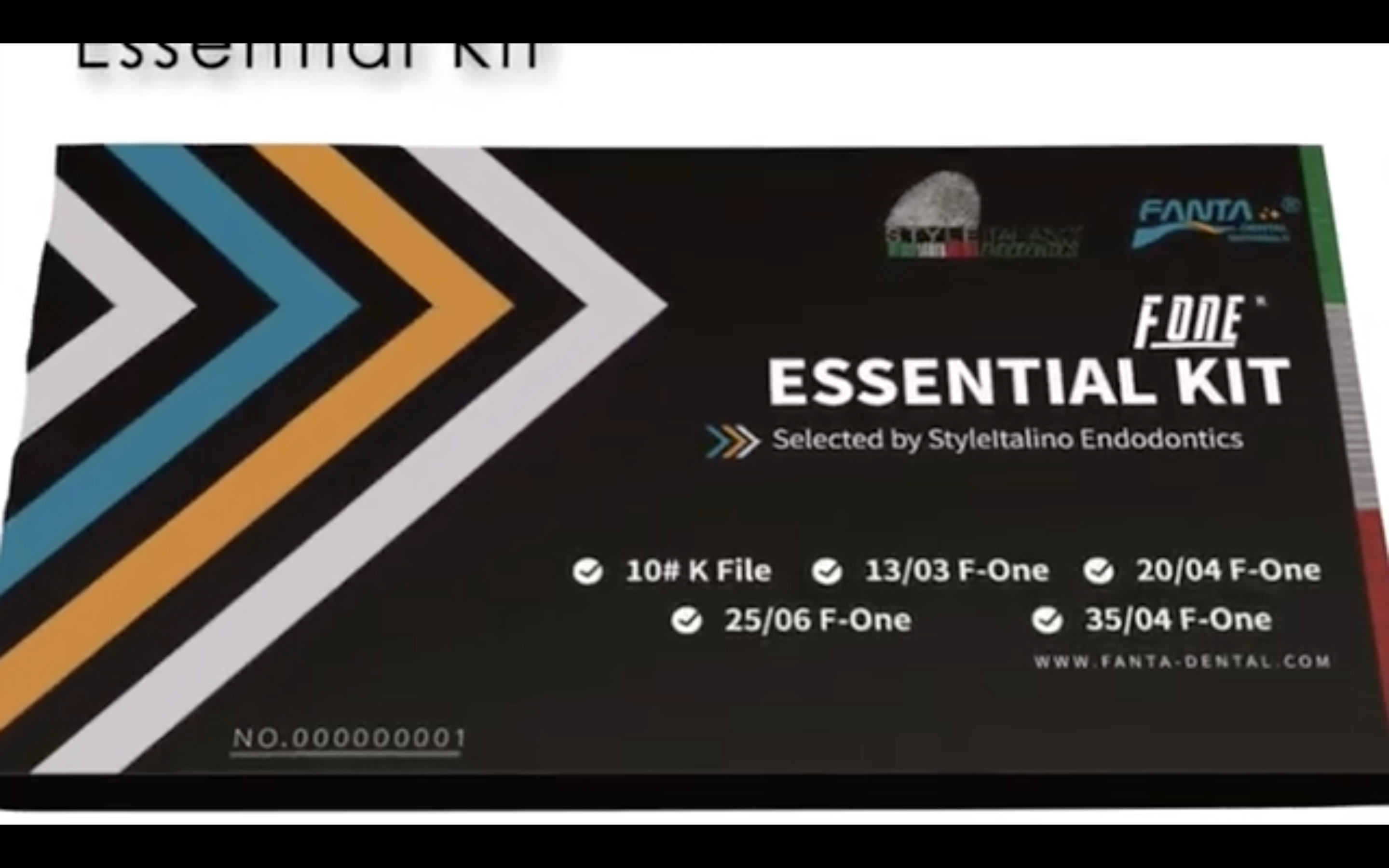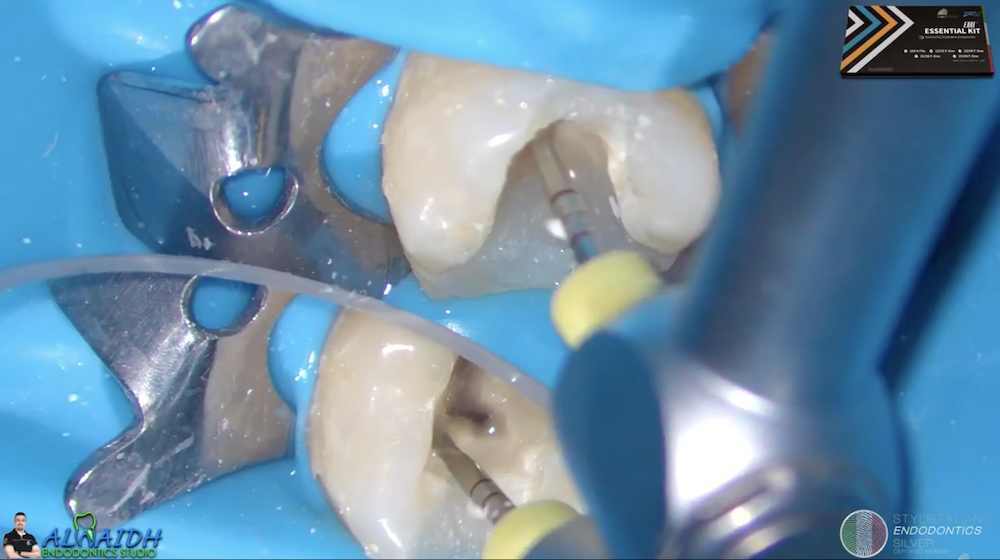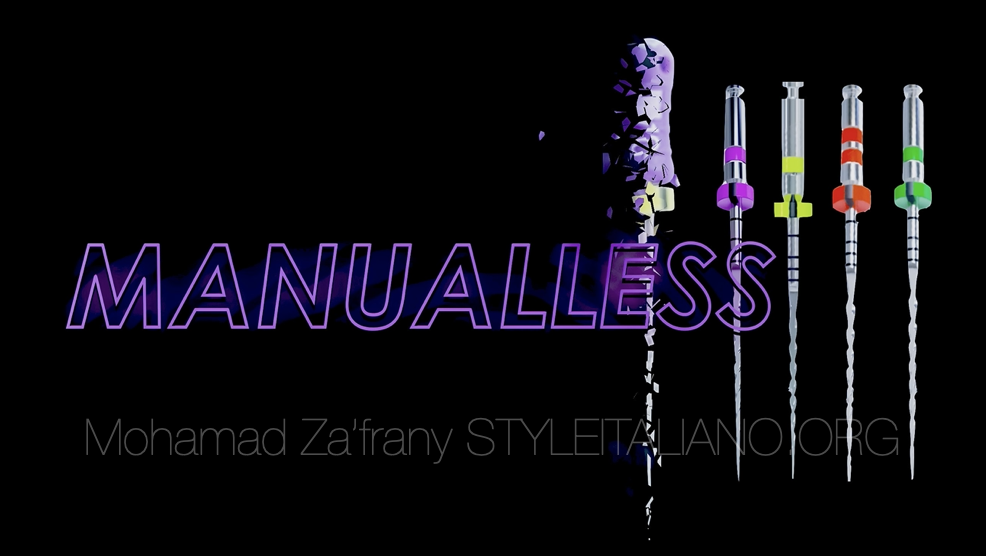
Manualless shaping "IT IS POSSIBLE"!
27/09/2021
Mohamad Zaafrany
Warning: Undefined variable $post in /var/www/vhosts/styleitaliano-endodontics.org/endodontics.styleitaliano.org/wp-content/plugins/oxygen/component-framework/components/classes/code-block.class.php(133) : eval()'d code on line 2
Warning: Attempt to read property "ID" on null in /var/www/vhosts/styleitaliano-endodontics.org/endodontics.styleitaliano.org/wp-content/plugins/oxygen/component-framework/components/classes/code-block.class.php(133) : eval()'d code on line 2
Root canal shaping is considered a very important steps during endodontic treatment.
Research has shown that mechanical instrumentation greatly reduces the number of microorganisms remaining in the root canal system.
With respect to canal anatomy a sequence of files should be planned according to case difficulty in order to avoid errors during root canal shaping and apical finishing.
The use of manual files specially in glide path preparation “if not exist” is very important step in managing narrow canals or canals with multiplanner curvatures as its considered a safety measure for negotiating the canal and decrease incidence of separation of motor driven files. Thanks to the greater tactile control.
But in fact we can say not all the cases are difficult, not all the cases have narrow nor severely curved canals and here come the role of case difficulty assessment.
For regular cases specially in experts hands, skipping the use of manual files is possible not to mention it is the way many Endodontists like to manage straight forward cases.
And here I would like to confirm that skipping the use of manual files for important steps like glide path is totally a clinical judgment choice based on level of experience and the available tools to manage endodontic space with the use of mechanical glide path files only.
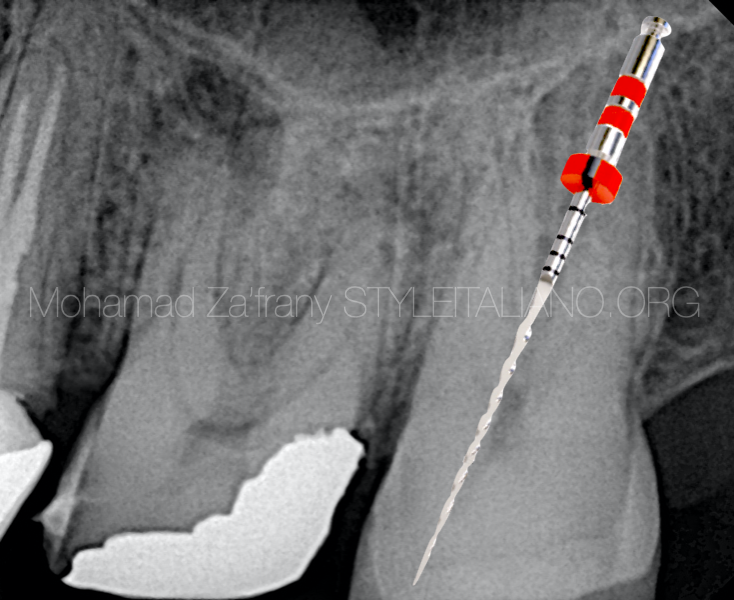
Fig. 1
Preoperative radiographic analysis
Here is a case of endodontic treatment to Necrotic tooth number 26 where from clinical evaluation and assessment, canal space could be cleary noticed along being short in length with no severe curvatures.
So a decision to mange this case using only rotary files was taken.
F1 essential kit rotary file system was selected to get the advantage of minimal contact of the file with canal walls and better debridement, thanks to the flat side design with large chip space.
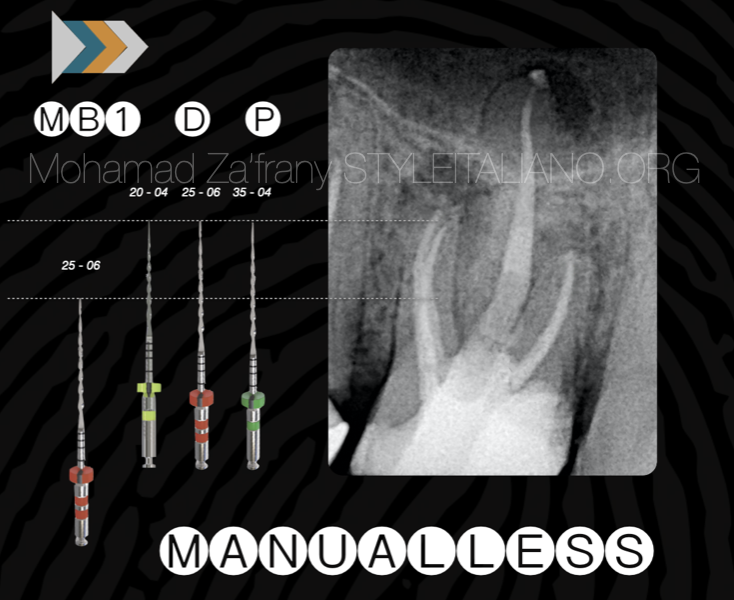
Fig. 2
All canals preflared and coronally enlarged to 25 - 06 followed by 20 - 04, 25 - 06, 35 - 04 in MB,D and palatal canals as they were large and wide canals.
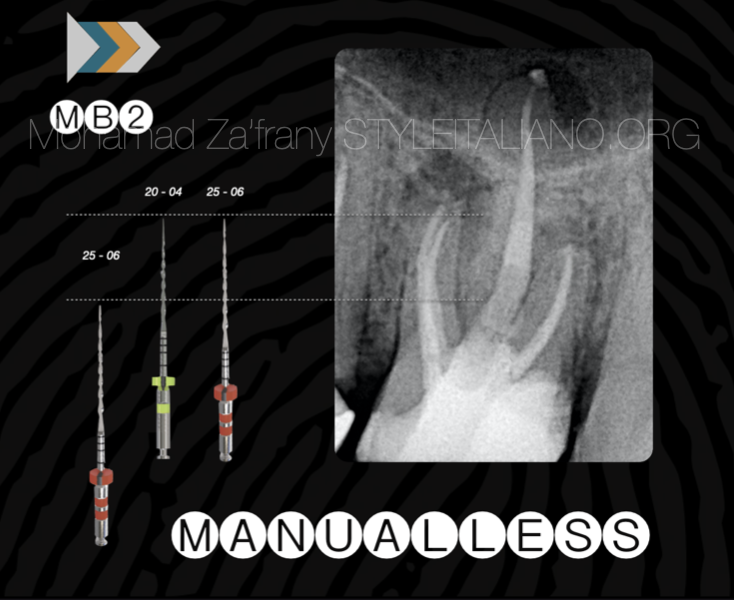
Fig. 3
For MB2
Coronal preflaring done using 25 - 06 to decrease stresses on apically working files, followed by 20 - 04, 25 - 06 to full length.
Clinical video of shaping
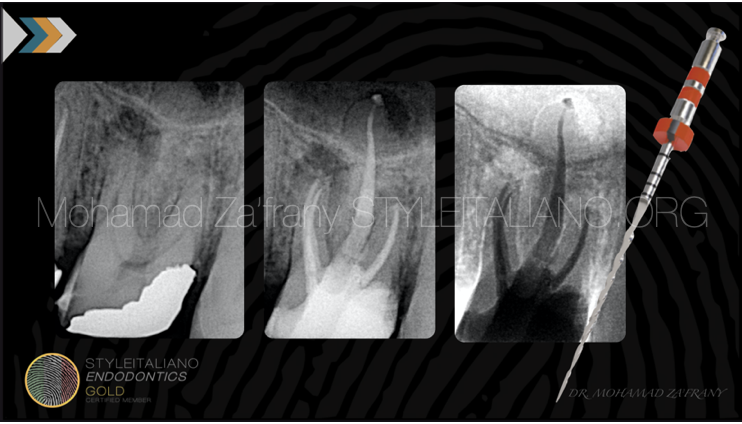
Fig. 4
Preoperative and post treatment radiographs
Conclusions
Preoperative radiograph is very important before starting endodontic treatment and it could help in decision making specially for technique selection.
Clinician experience has a great influence on shortening shaping time through skipping what could be unnecessary steps during treatment giving more time to chemical disinfection.
Essential kit files with flat design from Fanta show good performance during shaping of regular and easy wide canals without manual glide path files.
Here you can find a free webinar on managing different clinical scenarios using the essential kit
https://popdentistry.styleitaliano.org/webinars/clinical-strategies-for-safe-root-canal-shaping
Bibliography
The endodontic Glidepath: "Secret to rotary safety”. John D West Dent Today 2010 Sep;29(9):86, 88, 90-3.
Manual versus mechanical endodontic glide path. John D West Dent Today 2011 Jan;30(1):136, 138, 140
Influence of Negotiation, Glide Path, and Preflaring Procedures on Root Canal Shaping—Terminology, Basic Concepts, and a Systematic Review. February 2020 Journal of Endodontics DOI:10.1016/j.joen.2020.01.023




